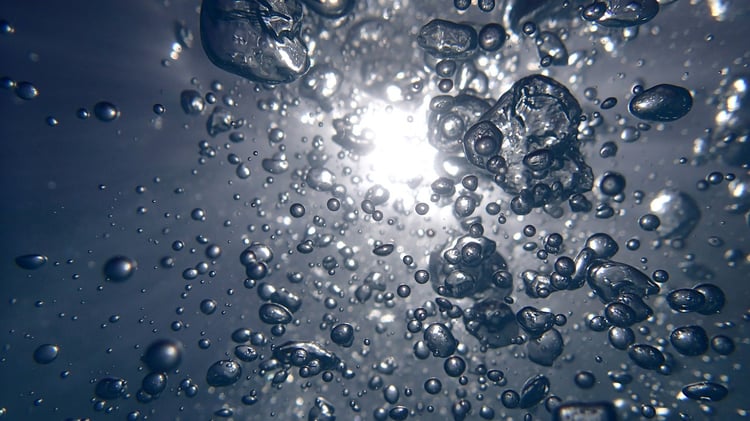
Because of its involvement in a number of essential human bodily functions, copper is a necessary trace element for good health. Copper is present everywhere in the natural world and is also found in groundwater due to the leaching of geological deposits containing the metal.
Copper can also be produced by industrial processes and enter the water as contamination. Where galvanised pipes are connected to copper tubing, galvanostatic corrosion can occur.
Works managers in every industry must ensure that the standard of water in their facility is maintained in such a way that is compliant with British and EU water standards. That means choosing and installing an adequate system for the purpose of removing copper from water.
Copper Removal Methods
The question of how to remove copper from water has several possible answers. Whether done through deionisation, activated carbon or another method, copper removal is certainly possible for industrial facilities.
Selective Ion Exchange
The ion exchange process is really a chemical reaction, where ions in water are exchanged for those attached to solid particles. These particles can either occur naturally or be synthetically produced. Synthetically-produced particles are the more commonly-used type due to the fact that they can be tailored for specific applications.
Heavy metals like copper can be removed from water via the process of selective ion exchange. In order to do this effectively, the proper resins must be used. For the removal of copper, a chelating resin with a high affinity for copper is chosen.
The resin is typically polystyrene-based and macroporus. Iminodiacetate groups are introduced to the resin. Once this occurs, chelates are formed with the copper in the water. Chelates are compounds which contain a ligand that’s bonded at two or more points to a central metal atom.
The selective ion exchange system for the purpose of removing copper uses a single resin type. However, the resin is distributed in two bottles placed in series. This allows water to pass through the same resin twice, increasing the certainty that a large portion of the copper will be removed from the water.
Activated Carbon
A wide range of contaminants, including copper, can be removed with an activated carbon system. Used in all manner of facilities from landfills to industrial wastewater, activated carbon remains one of the most powerful absorbents in the world.
Carbon can be used in two ways to remove contaminants such as copper: It can be used as a single treatment for total discharge flow, or be used as one stage in a multi-filtration strategy.
What Activated Carbon Removes
An activated carbon system removes over 80% of the Category I and II rated toxic substances as identified by the European Union, under the Dangerous Substance Discharges Directive of 1976.
The contaminants this type of system can remove includes pesticides, adsorbable organic halogens (AOX), aromatic compounds such as BPA and phenol, and non-biodegradable organic compounds (CODs), to name a few.
Considerations for Activated Carbon Systems
One thing to bear in mind is that activated carbon systems do not remove free copper from water. Rather, they bind to organic substances in water. If those substances contain copper, then an activated carbon system will remove them.
Many factors affect the performance of this type of copper removal system, including particle size, flow rate and pH. The largest mesh size available for activated carbon systems is eight by 30 mesh, and the finest 20 by 50. The fine mesh offers better copper removal, but its use results in greater pressure drop in the system.
Generally speaking, the lower the rate of flow, the more time there is for absorption of contaminants, and the better the contaminant removal overall. A lower pH will result in most organics being more readily absorbed, with the efficiency reducing as pH rises.
Get Free, Expert Advice for Copper Contaminant Removal
There are several different methods for copper removal. The cost and effectiveness of these will vary, depending on the nature of your facility and the contaminants needing to be removed. Our team of experts at Wychwood have written an informative e-book which explains your options for industrial water purification, entitled “The Complete Guide to Industrial Purified Water Systems.” You can download it free by clicking here.
If you have questions about your water purification options, we encourage you to contact us on 01993 892211. You can also email us at sales@wychwood-water.com.










 We are a specialist independent company involved in water purification and water treatment technologies
We are a specialist independent company involved in water purification and water treatment technologies


